

Conwy Castle
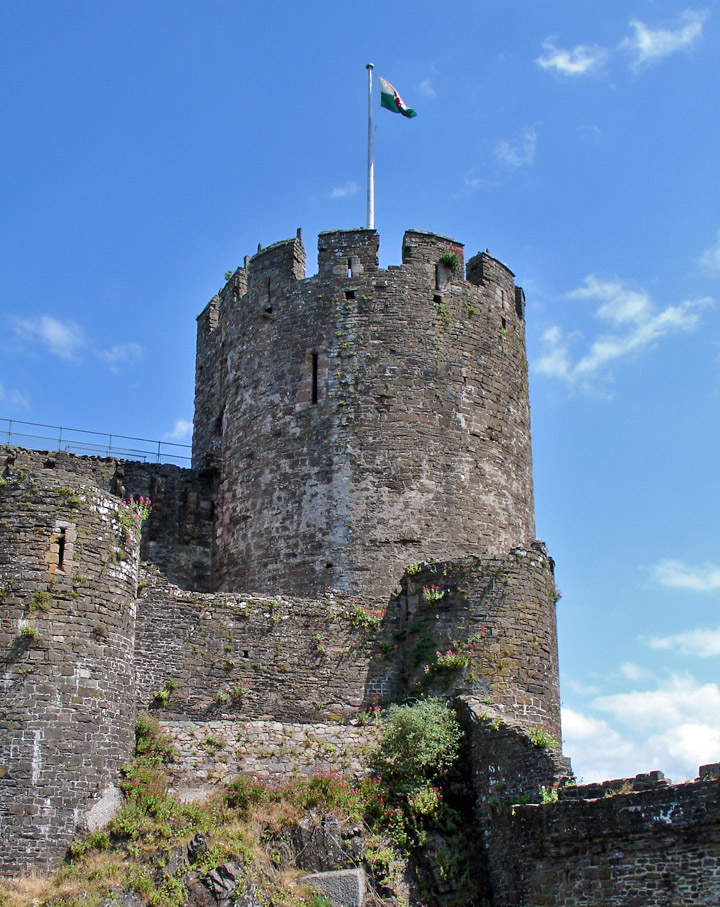
Conwy Castle
Words cannot do justice to Conwy Castle. The best. simple description is found in the guidebook published by Cadw. the Welsh Historic Trust, which states: “Conwy is by any standards one of the great fortresses of medieval Europe." Conwy along with Harlech is probably the most impressive of all the Welsh castles. Both were designed by Edward I's master castle builder James of St. George.
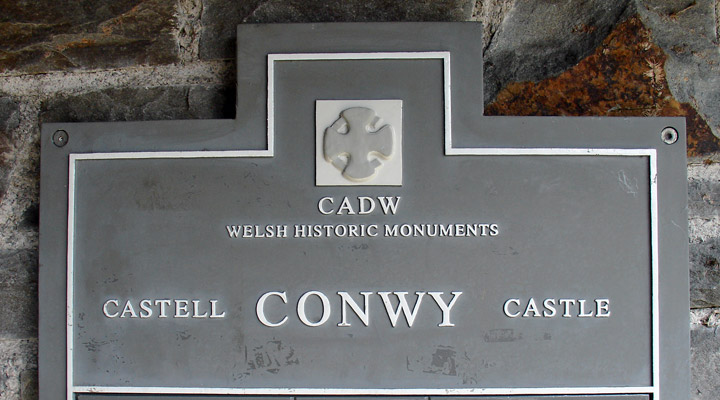
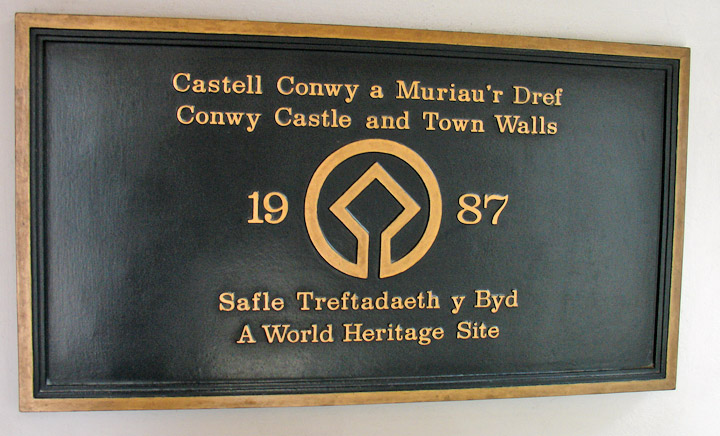
World Heritage Site
The story of the castle and walled town of Conwy begins in the year 1283. King
Edward I and his English army had completed the conquest of Snowdonia and ended
the rule of the Welsh princes. On 18 January 1283 the capture of Dolwyddelan
Castle gave Edward the control of the Conwy valley and he moved to Conwy in
March of 1283. Here the monastery of Aberconwy, the spiritual heart of Gwynnedd
and the burial place of Llewelyn the Great, was destroyed and a new home for the
monks was built at Maenan some 8 miles away. All that remained was the
unfinished abbey church which was to become the parish church of the new town,
which it still remains.
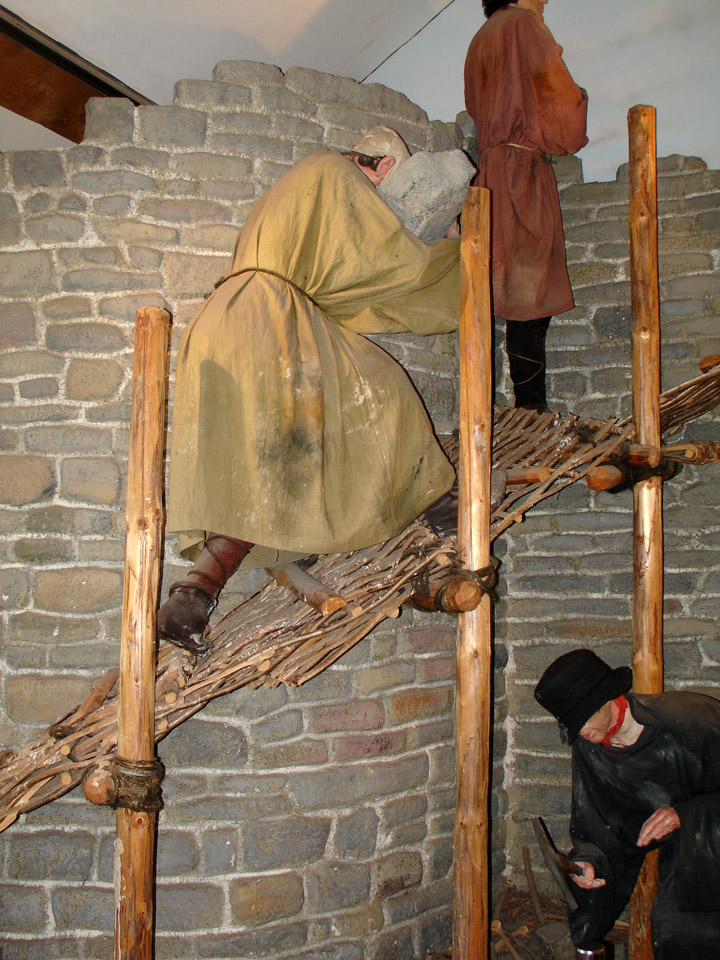
the castle builders
Edward immediately set about organizing the building of the Castle. Under the supervision of James of St George and his associate at Conwy James of Chester, the Master carpenters Henry of Oxford and Laurence of Canterbury and Mason John Francis had charge over a force of English craftsmen and laborers that reached a peak of 1500 strong in the summer of 1285, and within 4 short years this ”the most magnificent of Edward I’s Castles” would be substantially complete.
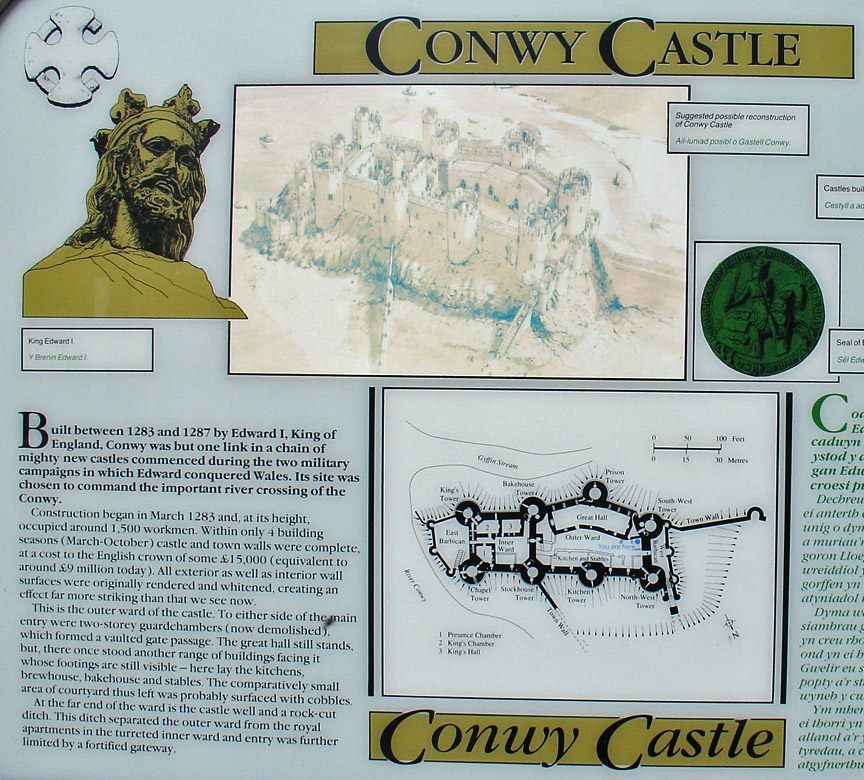

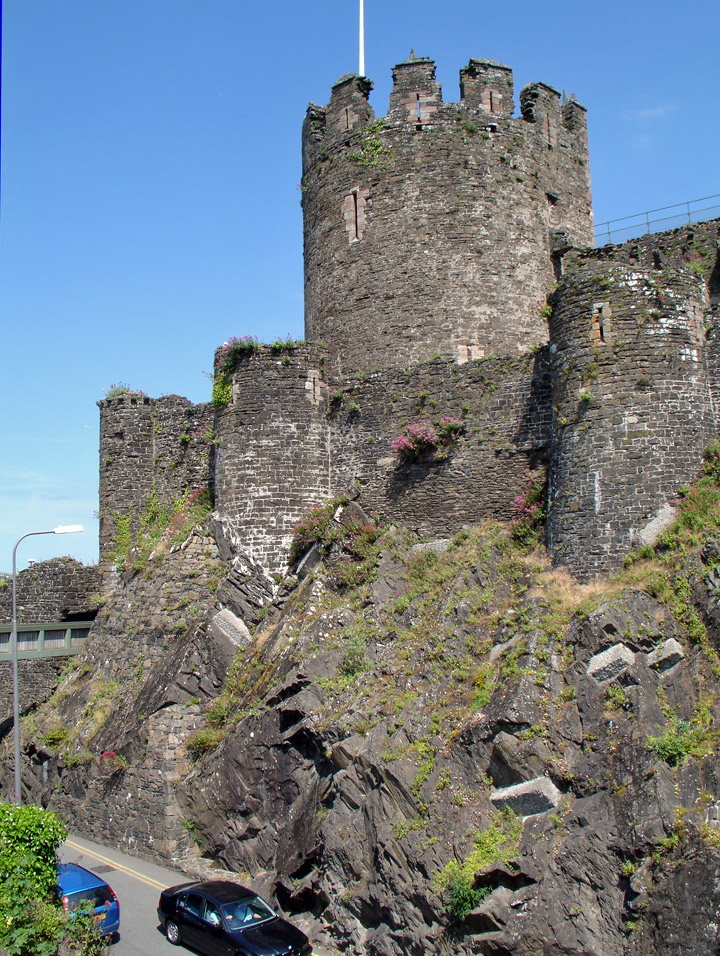
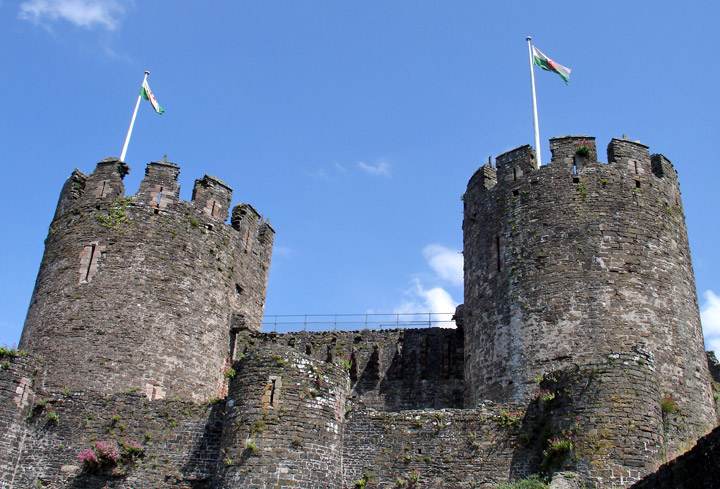
The cost to Edward of building Conwy was near to £15,000, the cost of the five major Castles - Caernarfon, Conwy, Harlech, Cricieth, and Beaumaris - built after the war of 1282 - 3 and the revolt of 1294 was around £60,000. The total cost to Edward for his Welsh campaigns and Castle building was in the region of a third of a million pounds. More than ten times his annual income. Such was the cost that he had to borrow money from a bank , the Riccardi Company of Tuscany (£122,000 between the years of 1276 and 1287) specifically to finance his Welsh campaign. it has been said that the increase in the banker’s business due to the conquest of Wales was a considerable factor in the growth of international capitalism.
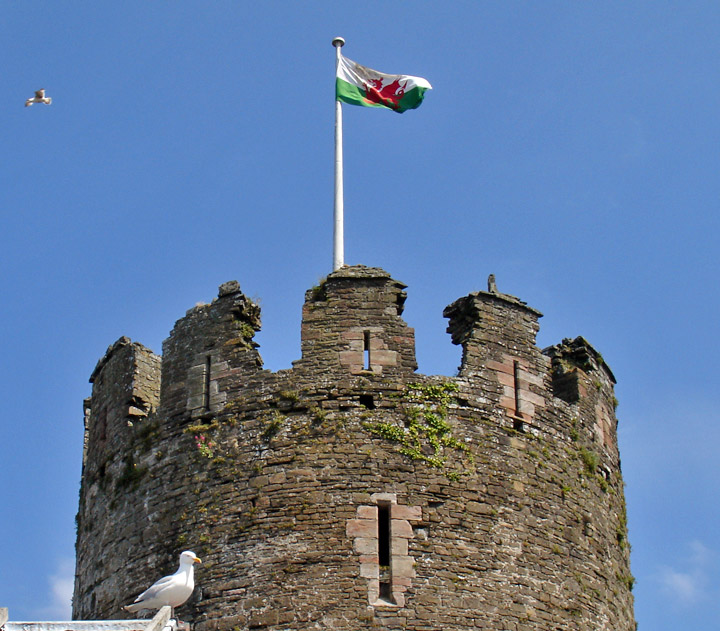
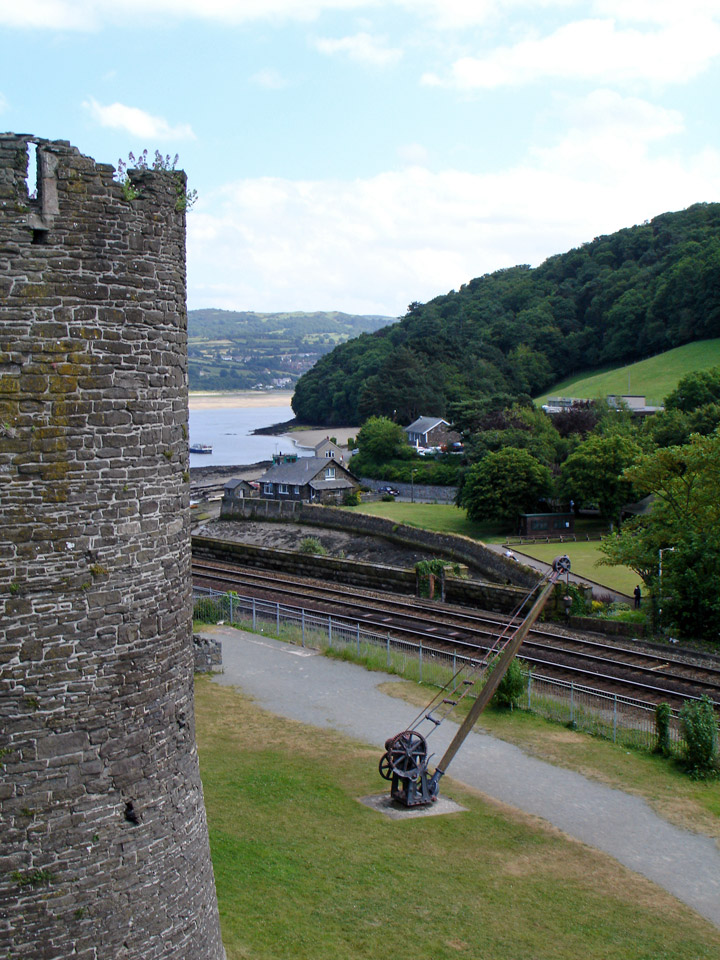
The stone used for the main part in the construction of the Castle and Walls is the hard grey Silurian grit of which the Castle rock itself is formed. There is a large quarry on the Llangelynin road, not far outside the Upper Gate which may have been the source. The yellowish brown “rhyolite” rock used in the spur wall and in the northern and eastern parts of the town walls could have been obtained from nearby at Bodlondeb Hill or Conwy Mountain.

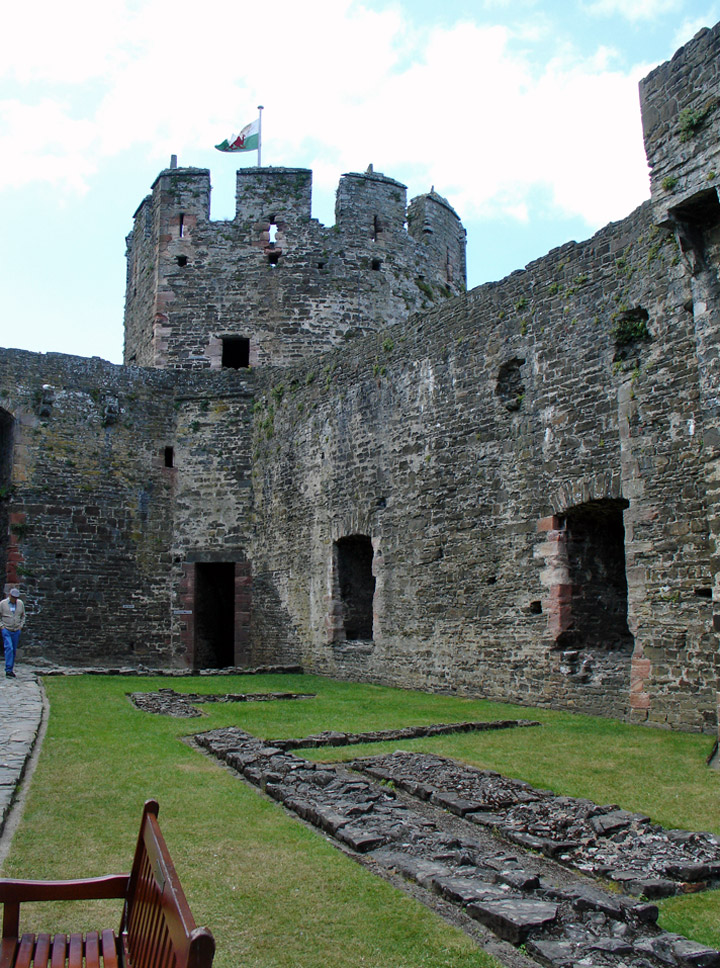

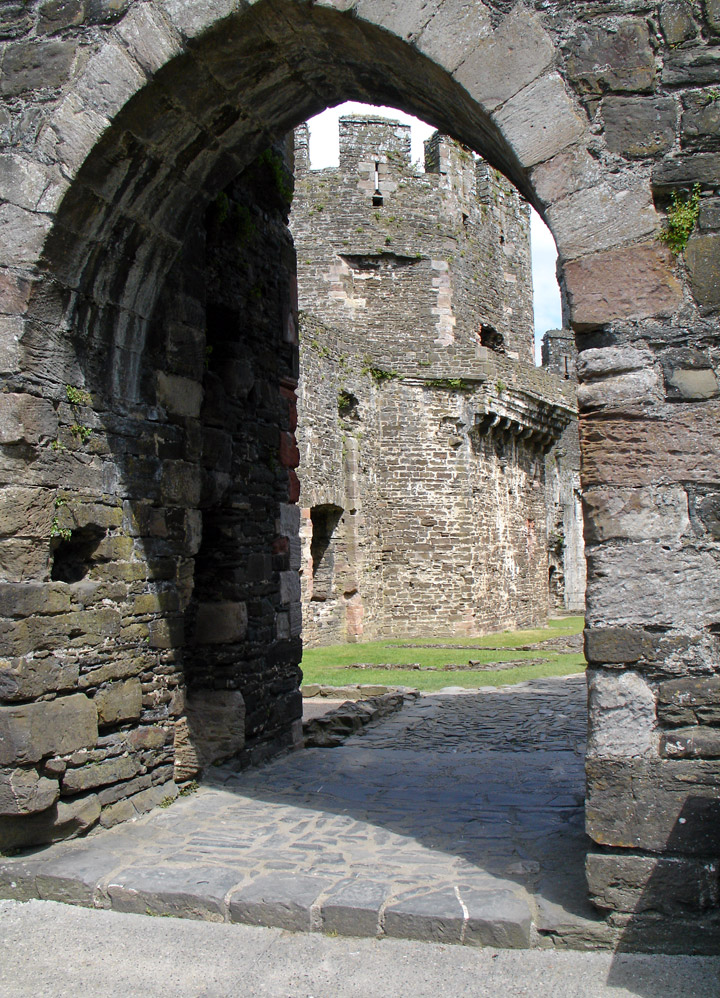
Pinkish sandstone probably from the nearby Creuddyn peninsular across the river is the likely source of the stones dressed to form the windows, door-jambs, arrow loops. chimneys etc. While sandstone from Chester is known to have been used in the construction of the 14th century roof arches.
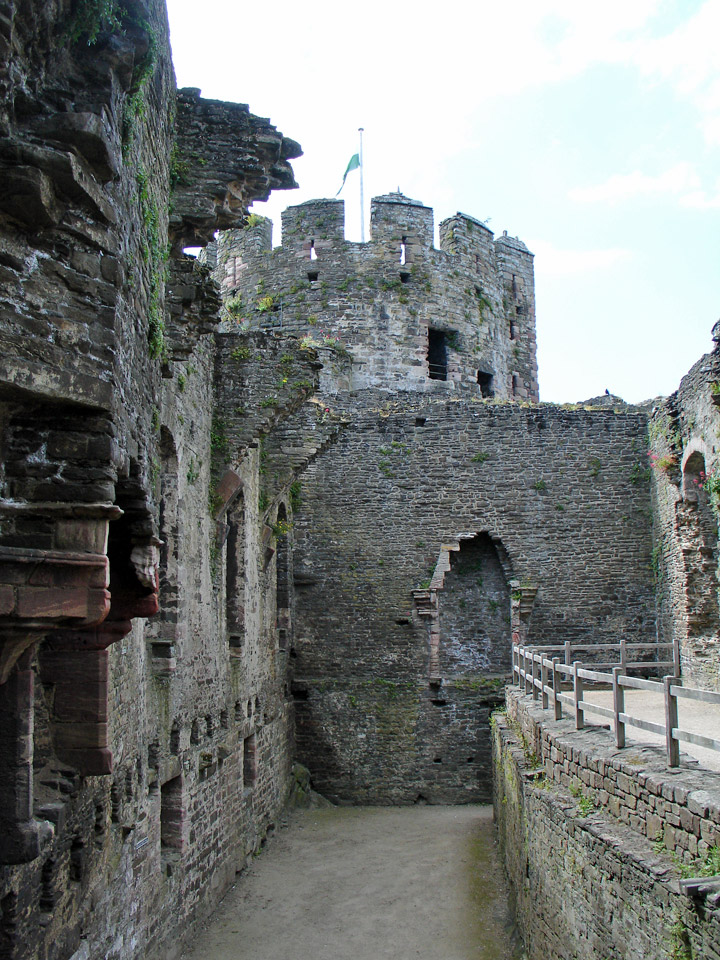
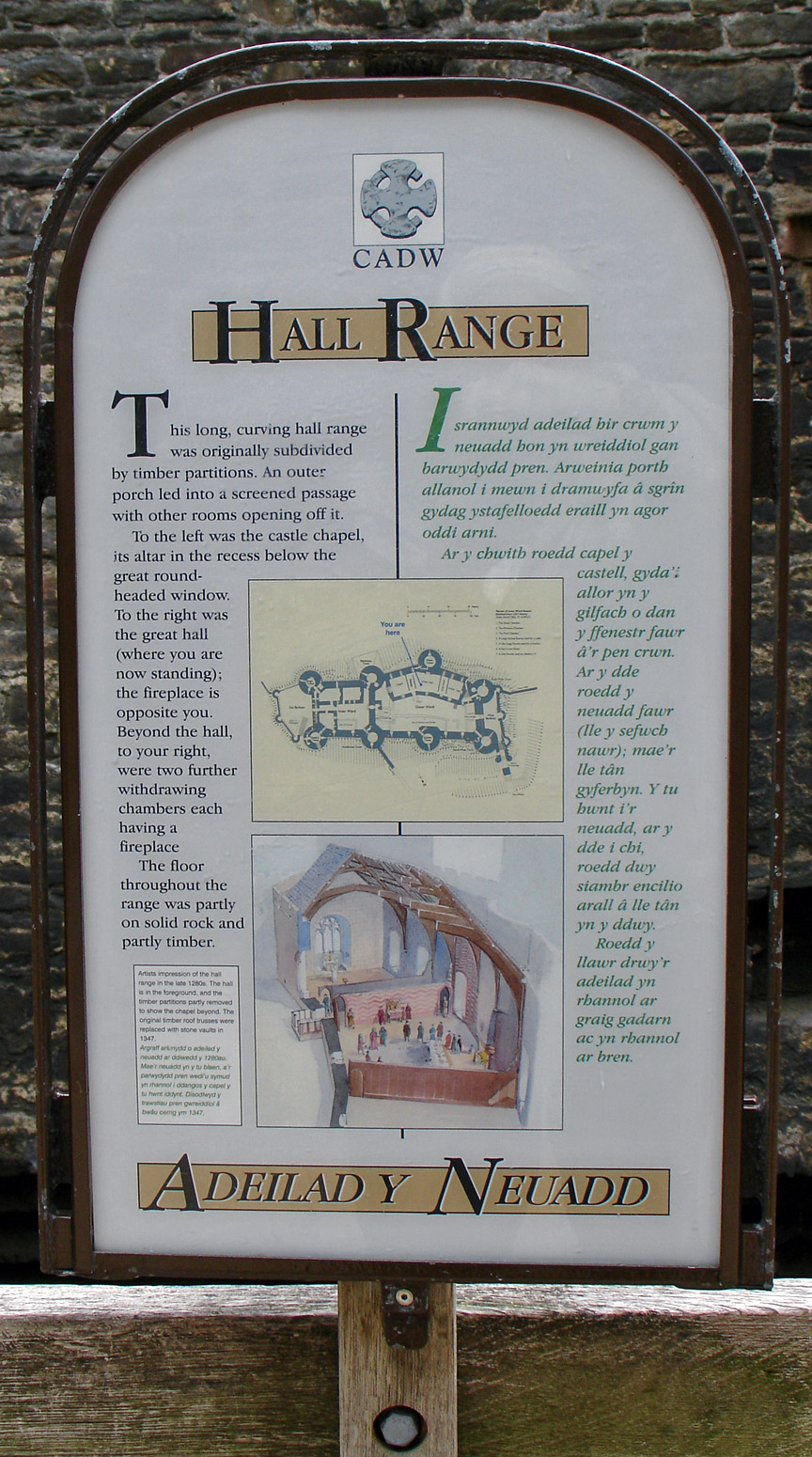
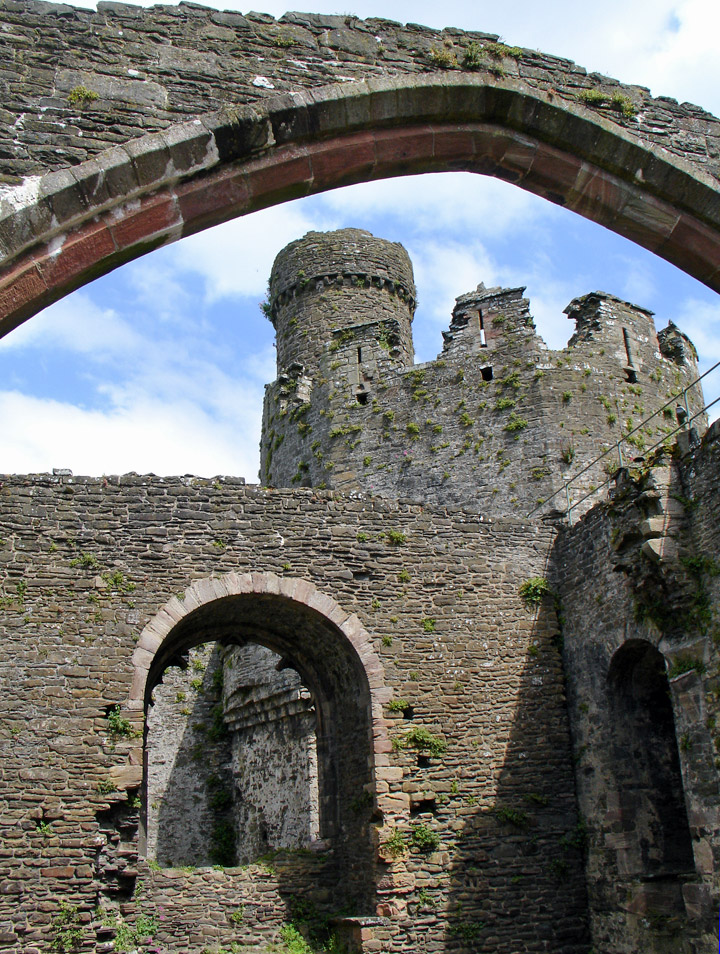
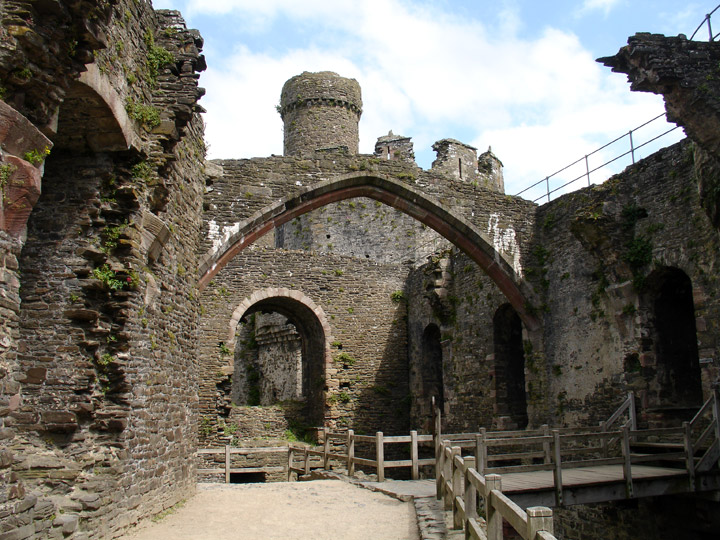

Timber would have been brought down river from Trefriw and beyond. and the lead and coal for the forges came by sea from near Flint. Iron and steel and nails were purchased at Newcastle under Lyme. Sand for the mortar was brought from over the river at Deganwy. Purple slate may have come from Ogwen or by cart from nearby Llangelynin. Simon the Glazier from Chester may have supplied the glass as he had at Caernarfon.
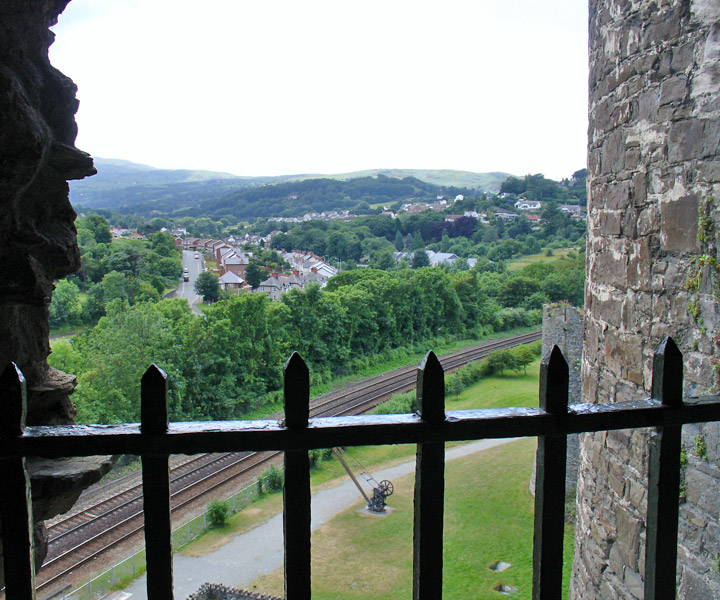
view from the castle
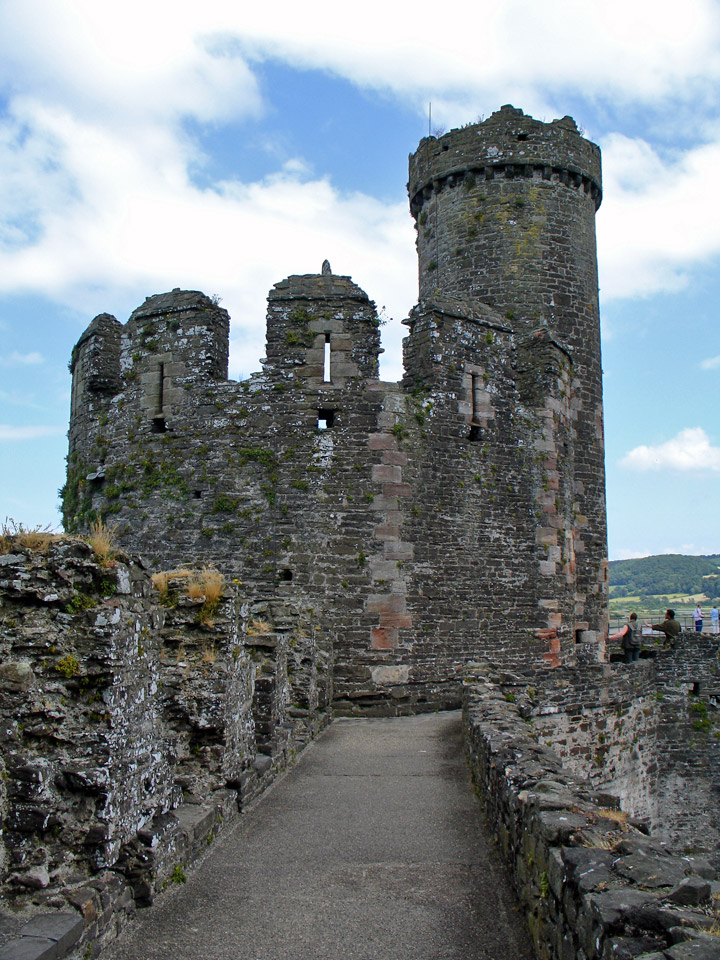
Wallwalk

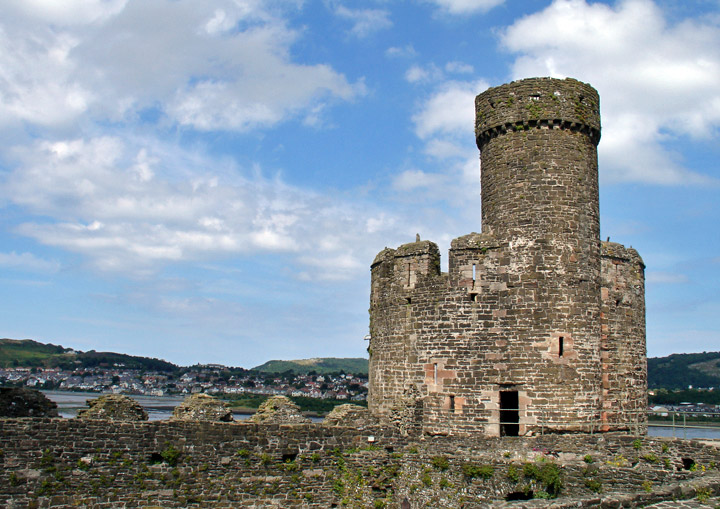
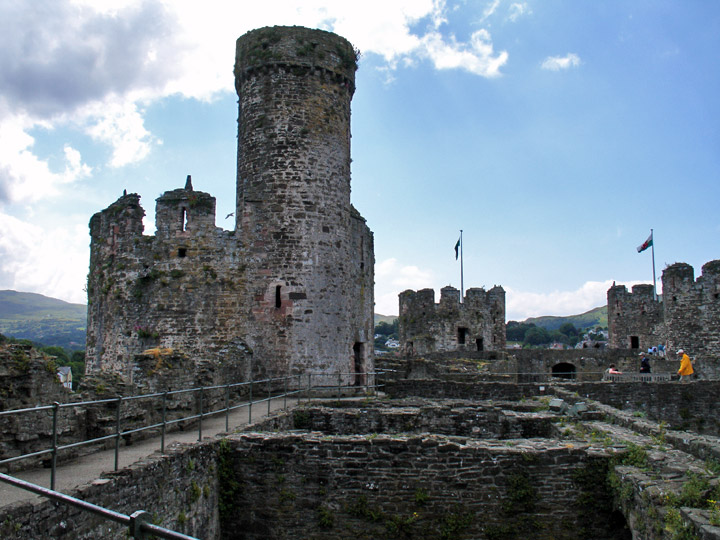
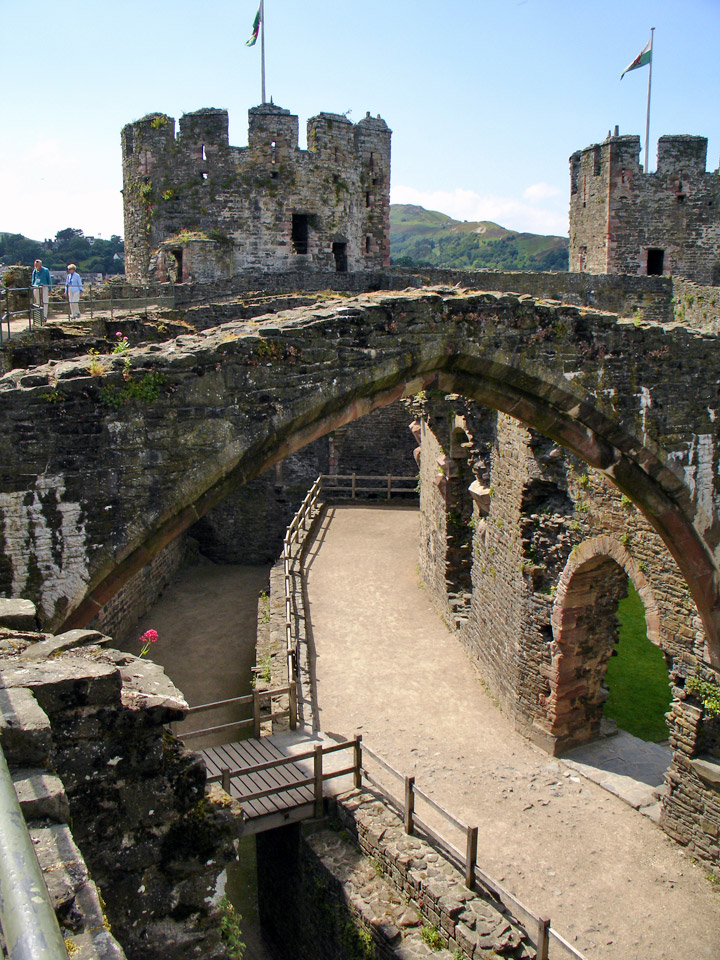

view from the castle wall
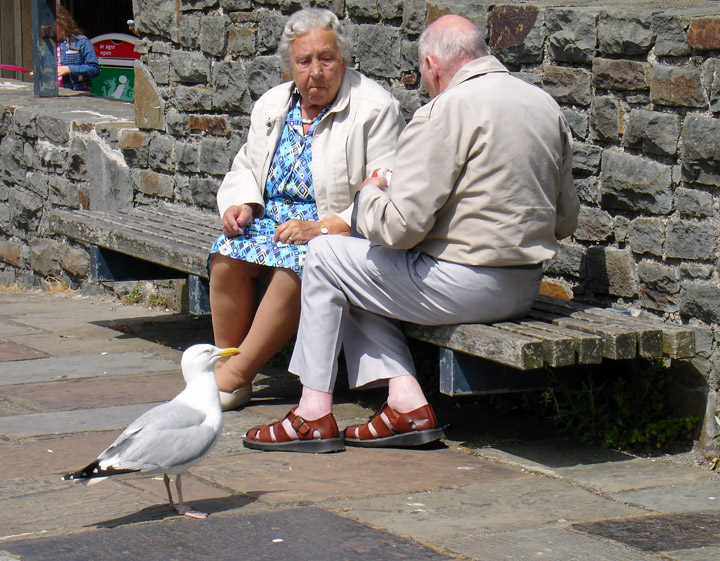
lunch for three
Return to Wales Elderhostel page